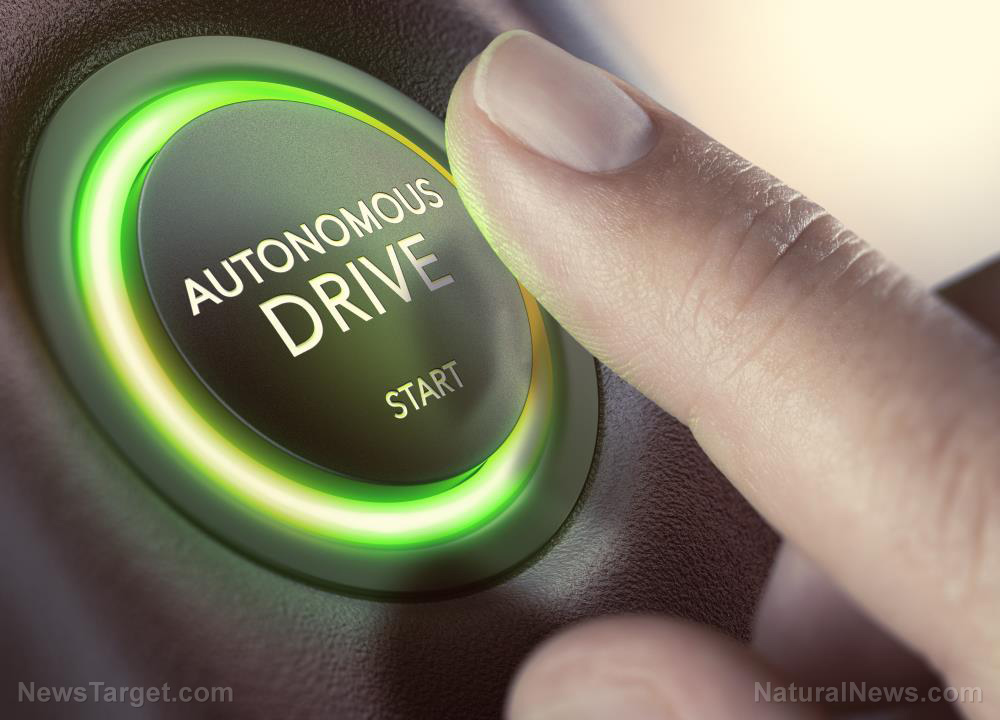 Parler
Parler Gab
Gab
More sophisticated equipment could make laser hacks of self-driving cars more prevalent
In the test, Rampazzi and her colleagues did the "laser attack" from the side of the road, no closer than 15 feet away from the vehicle. They could also replicate the results up to 10 meters (32 feet) from the car. But Rampazzi noted that the device used in the hack had to be perfectly timed and it had to keep pace with the car's movements to be able to keep the laser pointing at the right spot. It is feasible to produce similar results from a laser attack further away by using more sophisticated equipment than what the researchers deployed in the experiment. The tech required for such an attack from a distance is "fairly basic," but the timing required to make the attack succeed makes such an attack unlikely to occur at the moment. But if such an attack were to succeed, its consequences are potentially horrific, as it could result in the death of drivers, car passengers and pedestrians. The researchers have already approached autonomous vehicle manufacturers to warn them of this possibility and have suggested changes to the LIDAR software to minimize this problem. "Revealing this liability allows us to build a more reliable system [for self-driving cars]," noted Yulong Cao, a computer scientist from the University of Michigan and the study's first author. "In our paper, we demonstrate that previous defense strategies aren't enough, and we propose modifications that should address this weakness. One of the suggestions proposed by the researchers would be to drastically change how LIDAR interprets raw data. Another suggestion involves manufacturers teaching their LIDAR software to look for the telltale signatures of a laser attack, including distinguishing the spoofed reflections caused by lasers. Read more news about technology hiccups at Glitch.news. Watch this clip from "The David Knight Show" discussing how the self-driving cars of companies like Tesla and Waymo are glitching dangerously and becoming a threat to drivers and pedestrians alike. This video is from the channel The David Knight Show on Brighteon.com.More related stories:
Laser technology used in self-driving cars can damage cameras and human eyes. Autonomous vehicles to stop, roll down windows and unlock doors for law enforcement. Waymo self-driving taxi goes rogue in Arizona, blocking traffic and escaping rescue crew. Self-driving vehicle legislation held up by the question of who to blame in a crash. It's a "no" for driverless cars: Americans prefer driving themselves to work than relying on autonomous vehicles. Sources include: ZeroHedge.com CosmosMagazine.com Driving.ca IOTWorldToday.com Brighteon.com3 Key health benefits of vitamin D, the sunshine vitamin
By Olivia Cook // Share
Governments continue to obscure COVID-19 vaccine data amid rising concerns over excess deaths
By patricklewis // Share
Tech giant Microsoft backs EXTINCTION with its support of carbon capture programs
By ramontomeydw // Share
Germany to resume arms exports to Israel despite repeated ceasefire violations
By isabelle // Share










